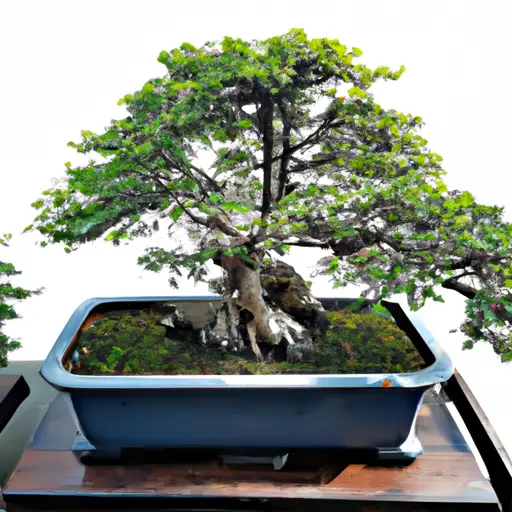Category: Container Gardening Basics
Title: Miniature Marvels: Cultivating Bonsai Trees and Shrubs in Containers
Introduction:
Bonsai trees have long fascinated people with their unique beauty and intricate details. These miniature marvels, originating from ancient Chinese and Japanese cultures, epitomize the art of container gardening. By cultivating bonsai trees and shrubs in containers, individuals can enjoy the captivating sight of ancient-looking trees confined within a small space. In this article, we will explore the basics of bonsai cultivation and highlight the key tips for successfully growing these enchanting plants in containers.
Understanding Bonsai Cultivation:
Bonsai is an art form that involves growing carefully pruned and shaped trees or shrubs in containers. The key objective is to create a miniature representation of a full-sized tree that portrays age, grace, and harmony. This method requires meticulous attention to detail while cultivating the plants and continuously maintaining their shape through careful pruning, wiring techniques, and root management.
Container Gardening Basics:
When it comes to cultivating bonsai trees in containers, understanding container gardening basics is essential. By following these fundamental principles, enthusiasts can create an ideal environment for their miniature marvels:
1. Choosing the Right Container: Bonsai containers should be shallow yet spacious enough to accommodate proper root growth. Selecting traditional ceramic or clay pots not only enhances the aesthetic appeal but also provides stability due to their weight.
2. Soil Mix: Bonsai plants require well-draining soil mixes to prevent waterlogging and maintain healthy root growth. Combining organic matter such as peat moss or compost with inorganic materials like pumice or perlite creates an ideal soil composition suitable for bonsai cultivation.
3. Watering Techniques: Maintaining proper moisture levels is crucial for bonsai health. Regularly check soil moisture levels by inserting a finger into the soil; watering should be done when the top inch feels slightly dry. Water gently to avoid displacing the soil.
4. Light and Temperature: Bonsai trees prefer bright, indirect sunlight for several hours a day. Ensure they are placed in a well-lit area or use supplemental grow lights during low-light seasons. Additionally, understanding the preferred temperature range for your specific bonsai species is crucial.
Challenges and Considerations:
Container gardening poses unique challenges when cultivating bonsai trees due to limited root space and container-bound growth. These challenges can be overcome with consistent care, attention to detail, and regular maintenance practices such as:
1. Pruning and Shaping: Regularly prune branches and foliage to maintain the desired shape and size of the bonsai tree. Wiring techniques can also be used to guide branches into desired positions, creating intricate patterns over time.
2. Soil Health: Bonsai trees rely on a healthy root system for optimal growth. Regularly check for root health by gently removing plants from their containers and inspecting the roots for any signs of damage or disease.
3. Seasonal Adaptation: Different bonsai species have varying seasonal requirements. Pay attention to specific needs during different seasons, such as sheltering delicate plants during frost or providing adequate protection from intense heat.
Conclusion:
Cultivating bonsai trees and shrubs in containers is an art that provides immense satisfaction to gardeners who appreciate the beauty of miniature landscapes. By adhering to container gardening basics, understanding bonsai cultivation techniques, and addressing specific challenges associated with container-bound growth, anyone can embark on this rewarding journey. So why not embrace the art of miniaturization by creating your own magical world within a container?














